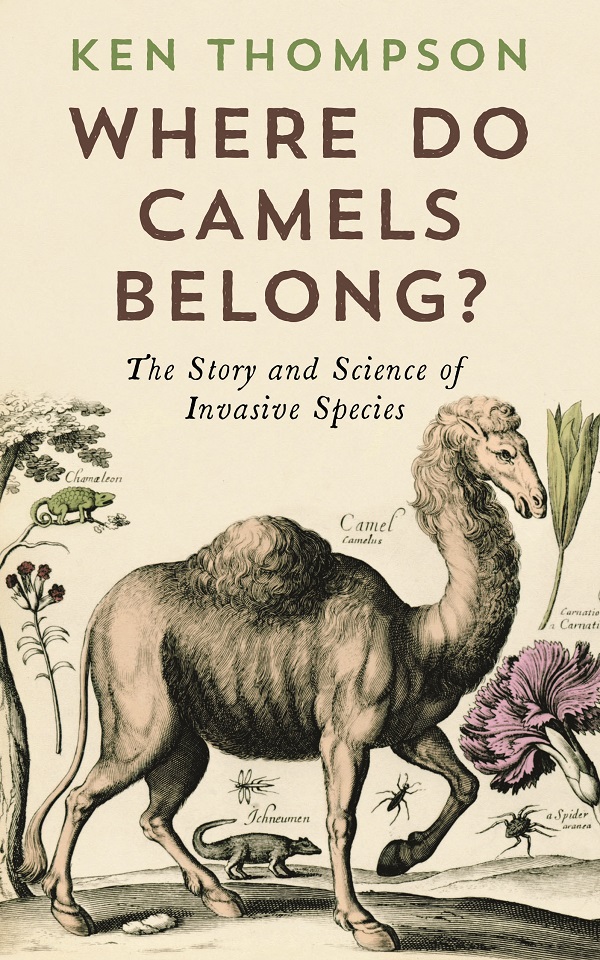

Most ebook files are in PDF format, so you can easily read them using various software such as Foxit Reader or directly on the Google Chrome browser.
Some ebook files are released by publishers in other formats such as .awz, .mobi, .epub, .fb2, etc. You may need to install specific software to read these formats on mobile/PC, such as Calibre.
Please read the tutorial at this link: https://ebookbell.com/faq
We offer FREE conversion to the popular formats you request; however, this may take some time. Therefore, right after payment, please email us, and we will try to provide the service as quickly as possible.
For some exceptional file formats or broken links (if any), please refrain from opening any disputes. Instead, email us first, and we will try to assist within a maximum of 6 hours.
EbookBell Team

4.3
28 reviewsWhere do camels belong? In the Arab world may seem the obvious answer, but they are relative newcomers there. They evolved in North America, retain their greatest diversity in South America, and the only remaining wild dromedaries are in Australia.
This is a classic example of the contradictions of 'native' and 'invasive' species, a hot issue right now, as the flip-side of biodiversity. We have all heard the horror stories of invasives, from Japanese knotweed that puts fear into the heart of gardeners to brown tree snakes that have taken over the island of Guam.
But do we need to fear invaders? And indeed, can we control them, and do we choose the right targets?
Ken Thompson puts forward a fascinating array of narratives to explore what he sees as the crucial question - why only a minority of introduced species succeed, and why so few of them go on to cause trouble. He discusses, too, whether our fears could be getting in the way of conserving biodiversity, and responding...